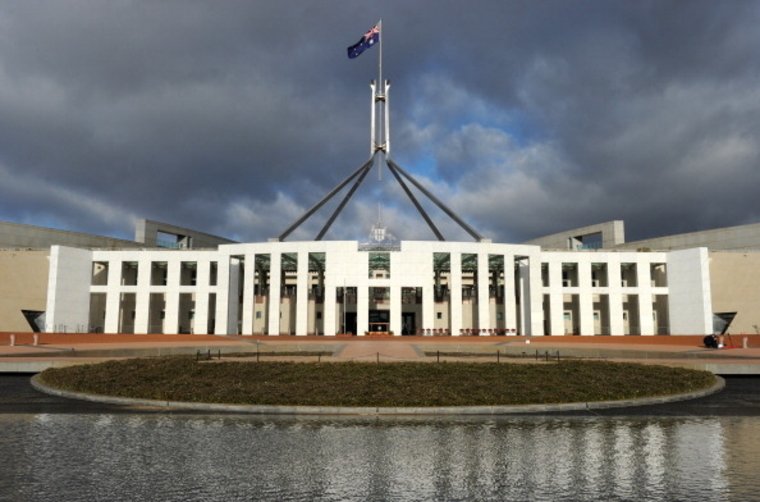Australia has entered into a per capita economic recession for the third time in 28 years, according to figures released yesterday by the Australian Bureau of Statistics. The figures also show there have been 18 quarters in the past 28 years where per capita incomes have gone backwards.
 The 28-year yardstick is relevant because that is the time since Australia last experienced a full-blown aggregate economic recession, defined as two consecutive quarters of negative economic growth.
The 28-year yardstick is relevant because that is the time since Australia last experienced a full-blown aggregate economic recession, defined as two consecutive quarters of negative economic growth.
To be sure the government will tout the aggregate growth figure, proxied by gross domestic product, which shows the economy continues to expand.
The problem is that GDP measures the total value of all goods and services. When the economy grows it means more has been produced this year than last. This doesn't mean much to the average person. That is why a per capita measure is better because it at least divides economic value across the population. Adding in non-economic factors not captured by GDP paints an even bleaker picture.
House prices are rising as house size and quality is declining. Electricity bills are rising as supply reliability is declining. And council rates keep rising as the amenity of local suburbs is declining.
Congestion is worse, there are fewer parks and "green spaces", and many see most modern apartment blocks as cheap eyesores.
The reason why the lived economic experience of many Australians is getting worse is that both sides of politics have given up on productivity-enhancing economic reform and instead rely on population growth to drive headline economic growth.
About 60 per cent of total economic growth since the global financial crisis has come through population growth centred on immigration, with the rest from productivity growth or changes to labour force participation.
This is the opposite of what took place between the early 1990s recession and the GFC of 2008-09.
State and federal governments are addicted to mass migration because by fuelling economic growth it also fuels government revenue. The federal government's promised return to surplus in next month's budget is almost solely reliant on ongoing mass migration.
The same is true for state governments, which rely heavily on the GST and property taxes to underpin their revenue.
The point is not to criticise immigration or immigrants, but that policymakers should be honest about the costs and benefits of rapid population growth supported by mass migration.
In a speech delivered last August, the governor of the Reserve Bank, Philip Lowe, noted Australia had the second fastest rate of population growth in the developed world and that this was "largely due to increased immigration".
Similarly, OECD figures show close to 30 per cent of Australian residents are born overseas. Only Luxembourg and Switzerland, two small nations which are rather different to Australia, have a higher share.
The challenge now for policymakers is to pivot from population to productivity growth as the driver of improvements to living standards.
This won't be easy because many vested-interest groups are dependent on today's high immigration/low productivity equilibrium: builders and the construction industry through more housing demand; retailers through more aggregate consumer spending; universities through more students; and so on. But the longer reform is put off, the harder it will be to achieve. This is why governments of both sides at the federal and state levels must bite the bullet and start sooner rather than later.
There is a developing consensus among economic and policy analysts that the major policy drags on productivity growth in Australia are red tape, industrial relations and tax.
Neither side of politics has a great record on these. True, the Coalition government did seek to reduce the corporate tax rate by 5 percentage points. But it was due to be phased in over 10 years, and by then the goalposts would have moved further. There has also been silence on industrial relations and little action on red tape.
Labor, for its part, is looking to roll the clock back on industrial relations, will raise taxes, and has no clear agenda on red tape — and appears uninterested at best.
What is clear, though, is that a government that keeps touting aggregate economic growth figures will be tuned out by a population that is experiencing a deterioration in its standard of living.
Only serious economic reform that penetrates out to the suburbs offers a better future.
No comments:
Post a Comment